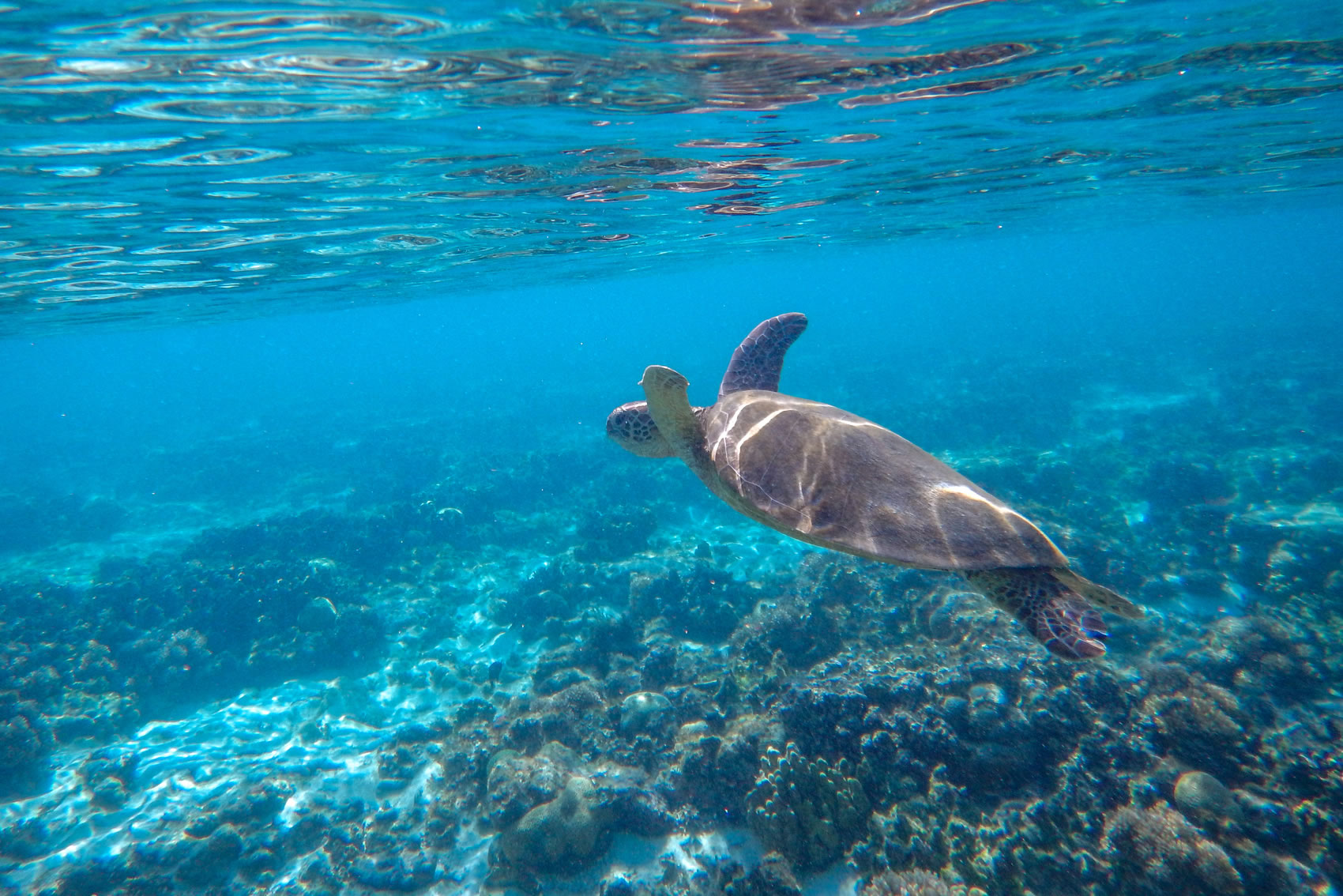
Crew from Sailaway VII, which is part of Sailaway Reef and Island Tours’ fleet, were recently greeted with a delightful surprise on their arrival at Mackay Coral Cay.
Australia’s leading eco-tourism operator on the Great Barrier Reef discovered a track in the sand leading up to the high water area of the cay which indicated a turtle had visited during the night to find a safe resting place for her precious eggs.
Following further investigation, it appeared there were up to four different tracks all leading to mounds of sand; clearly where the eggs had been laid. It is unsure how many turtles were involved in the nesting.
But this was an extremely exciting moment of discovery for the Sailaway crew and its passengers.
Queensland’s Coast has some of the most important Marine turtle nesting sites in the world. Six species of threatened marine turtles nest along its idyllic beaches, islands and coral cays. These support significant nesting populations of Green, Loggerhead, Hawksbill, Flatback and Olive Ridley turtles.
Sailaway’s Master Reef Guides and Marine Biologists have collected data from the sighting to lodge an Eye on the Reef Report to document this very special event.
Early monitoring is essential to record accurate data as tracks will deteriorate over time. The clarity of tracks can be affected by flipper damage, terrain, sand moisture, tides, wind and weather.
After looking at several key identifying features along different sections of tracks, it is thought these are tracks from either a Green or Flatback Turtle. The key track identification features are stroke style, track width, hind flipper marks, front flipper marks, plastron drag and tail drag.
Sailaway Master Reef Guides and crew will monitor this site closely over the next few months and report any changes to the GBRMPA. It is expected, if successful, these nests should come alive with hatchlings in two months’ time.
Turtles are sighted daily at Mackay Coral Cay, often being a highlight for visitors to experience peaceful interaction with these gentle creatures, while snorkelling in the area. This latest discovery ensures a healthy turtle population for the future.







